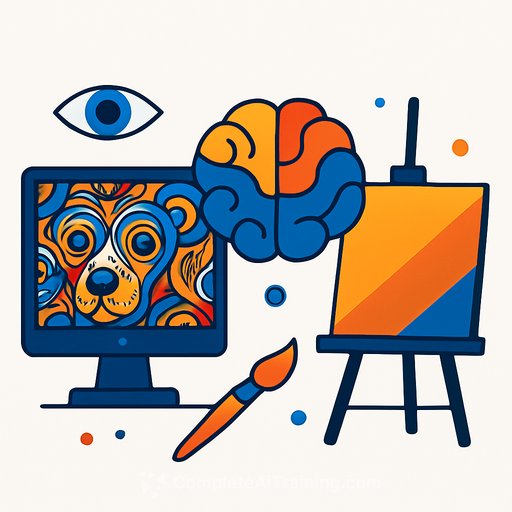AI in Unscripted: Bridging the Gap Between Buyers and Creatives
There’s a growing disconnect in unscripted content between what buyers expect from AI and what AI should actually be doing. This isn’t just an early-stage hiccup; it’s becoming a barrier to honest innovation and integrity. Generative AI is misunderstood in two opposite ways—it’s either feared as a threat to truth or hyped as an instant creativity solution. Neither view is accurate, and this confusion risks damaging the core values of unscripted programming: transparency, credibility, and connection with the audience.
Authenticity needs to be the foundation when working with AI—not just a buzzword, but a guiding principle. In unscripted content, truth is the format itself. The problem often shows up in pitch meetings where flashy AI visuals, avatars, or fully synthetic scenes are proposed as easy shortcuts—promising lower costs and faster delivery. While much of this is technically possible, the question remains: should it be done? More importantly, does it serve the story in the right way?
The Risk of Spectacle Over Substance
There have been requests to create entirely inauthentic content purely for spectacle. These aren’t experiments in creativity or ethical storytelling but gimmicks that risk misleading audiences about what’s real. Refusing such projects might mean losing commissions, but it’s a stand for trust. Once audiences start doubting what they watch, the value of unscripted content erodes. Trust is the contract between creators and viewers, and breaking it even once can cause irreparable damage.
Using AI with Purpose and Clarity
This isn’t about rejecting AI. It’s about using it with clear intent, legality, and creative purpose. Generative AI excels at processing data, speeding workflows, iterating design, localizing content, and enhancing visuals—but only when grounded in real input. Starting creative work with authentic materials like archive footage or genuine data sets, then using AI to refine and synthesize, leads to true authenticity.
This approach results in media that’s ethical and purposeful, not just “AI slop.” It builds trust with commissioners and insurers and offers viewers honesty—something far more valuable than mere realism.
The Missing Conversation: What Buyers Expect
Much discussion focuses on how creatives should adapt to AI responsibly, but less attention is paid to how buyers want AI used. What levels of AI augmentation fit a network’s editorial values? What transparency is expected to maintain audience trust and meet regulations?
Take the BBC, for example. Their stance is to exclude AI from BBC News and Current Affairs, yet they’ve hired a head of generative AI. Mixed messages like this leave the market confused about what’s acceptable.
The Need for Clear Standards and Transparency
Without clear guidance, producers guess. Some overuse synthetic polish, risking audience mistrust. Others avoid AI altogether, fearing backlash. Buyers must help define acceptable AI use on their platforms.
Article 50 of the EU AI Act mandates that AI-generated content be flagged from the first frame. The idea is good in principle, but the lack of implementation guidelines is causing hesitation. Producers worry that flagging AI use might push audiences away or undermine content credibility—and these fears are already playing out.
What’s needed is nuance. A graphic created by AI to enhance a scene isn’t the same as a fully synthetic presenter. Both require transparency, but they shouldn’t be treated equally. A tiered system can protect truth and encourage innovation, letting producers be transparent without risking commercial failure.
Building Trust Through Visual Tagging
Some companies are creating visual tagging frameworks that show exactly how AI was used and where humans intervened. This goes beyond compliance—it’s about building audience trust in uncertain times.
The unscripted sector is shifting fast. Traditional commissioning models no longer fit digital-first content, where production costs often outpace revenue. AI can help lower costs without sacrificing quality, but only if it’s legal, insured, and ethically embedded from the start.
Three Priorities for AI in Unscripted
- Real education for buyers and commissioners on AI’s capabilities and limits.
- Clear, transparent standards for AI use and labeling.
- Authenticity as a deliberate, strategic choice in production.
AI isn’t going away—and it shouldn’t. It’s a vital tool for the future of unscripted content, but only when it supports the genre’s core values: truth, trust, and genuine connection with the audience.
Your membership also unlocks:





